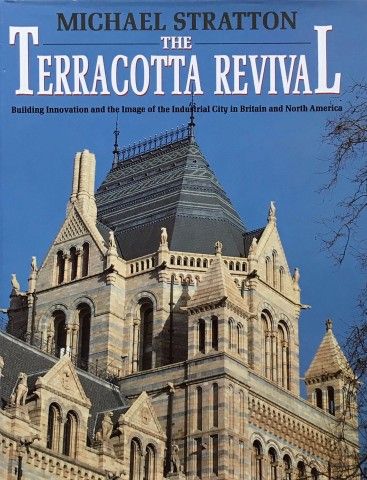Writing
Period Property Restoration and Conservation
Terracotta Revival: Building Innovation and the Image of the Industrial City in Britain and North America
This is an examination of the revival of terracotta over the last 200 years in the context of changing attitudes to decoration and the evolution of building construction in Britain and North America. The terracotta revival became of considerable significance in British architecture during the 19th century, and in the development of the American skyscraper after the Chicago fire of 1871.
In the US terracotta and faience were fundamental to the evolution of high-rise construction and to attempts to create forms of decoration appropriate to the New World. The materials were worked to their most impressive effect in turn-of-the-century skyscrapers and Art Deco facades of the 1920s. Terracotta offered a solution to pressing problems of urban construction, such as fire, smoke pollution and the need to replicate ornamentation over the large frontages.
This book sets out to demonstrate how dramatic buildings such as the Natural History Museum, the Prudential Assurance offices, Edwardian theatres, inter-war cinemas and the majority of New York and Chicago office blocks were produced. The book provides insights into the technicalities of working with terracotta and faience, and the final chapter discusses conservation practice in terms of cleaning, consolidation and re-manufacture.
Publications
-
Terracotta Revival: Building Innovation and the Image of the Industrial City in Britain and North America
-
Wednesday, 20 October 1993
-
Victor Gollancz
-
256
-
9780575054332
-
Michael Stratton
When you subscribe to the blog, we will send you an e-mail when there are new updates on the site so you wouldn't miss them.

Comments 1
This text is a superb example of careful historical research combined with passion for ensuring the care and repair of terracotta is done correctly, following the original designers wishes. Brilliant.